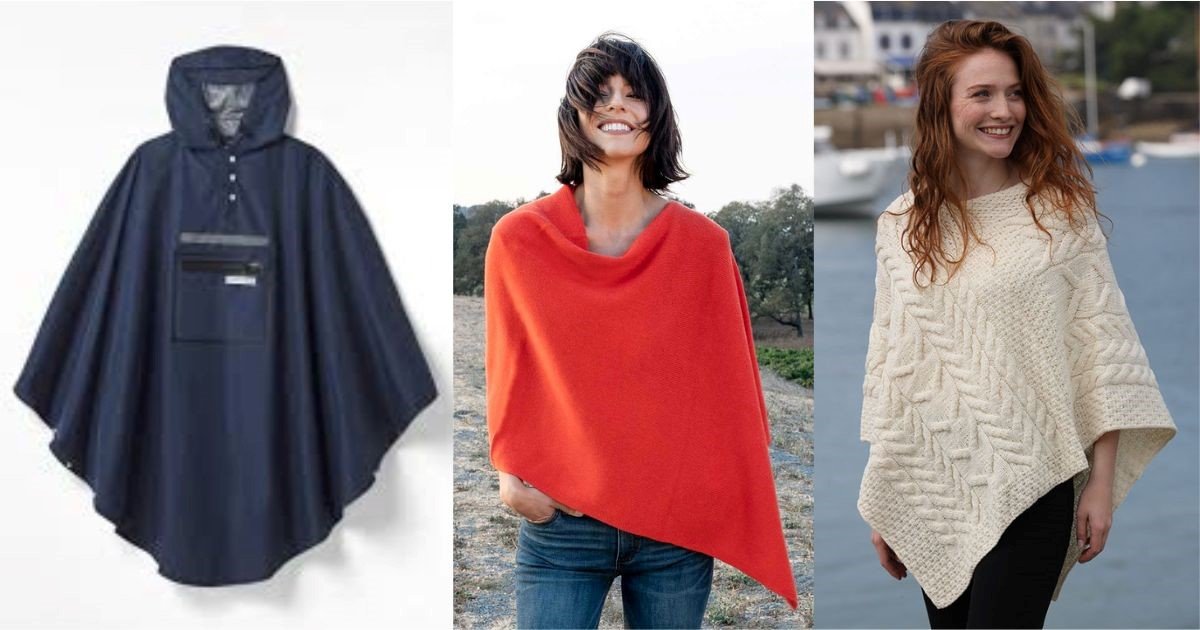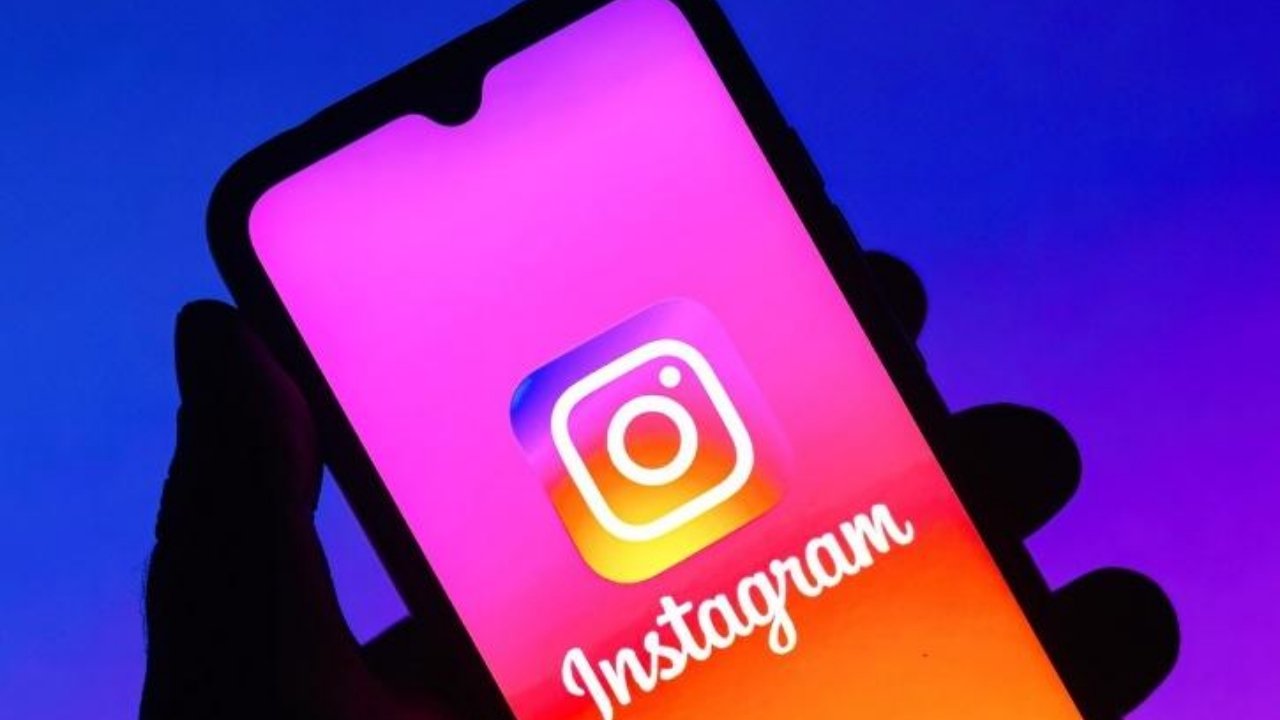Tech
Poncho: A Timeless Symbol of Style, Comfort, and Culture

The poncho, a simple yet elegant garment, has transcended centuries and cultures to become a global fashion icon. What began as a practical piece of clothing to protect against harsh weather has evolved into a versatile symbol of tradition, artistry, and style. From the Andean highlands to modern city streets, the poncho continues to redefine comfort and identity. This article explores the history, design, cultural significance, and modern evolution of the poncho—proving that this humble piece of cloth carries a story far richer than its appearance suggests.
The Origins of the Poncho
The poncho originated in South America, particularly among the indigenous peoples of the Andes region, such as the Mapuche in Chile and Argentina. Traditionally, it was woven from llama, alpaca, or sheep wool and used to provide warmth in cold mountainous climates. Its rectangular design with a central slit for the head was both functional and symbolic—serving as a protective cloak and a cultural identifier. Early ponchos were often dyed with natural pigments and featured intricate geometric patterns representing nature, spirituality, and tribal lineage.
Cultural Significance Across Regions
The poncho holds deep cultural significance in various South American societies. In countries like Peru, Bolivia, and Ecuador, it is not merely clothing—it’s a cultural emblem worn during festivals, ceremonies, and daily life. The colors and patterns of a poncho often represent regional identity, status, or family heritage. In some areas, the design could even signify marital status or community role. Over time, the poncho became a symbol of national pride, representing resilience, craftsmanship, and the blending of indigenous and modern identities.
The Poncho as a Functional Garment
The design of the poncho was born out of practicality. Its simple construction allows free movement while providing maximum warmth and coverage. The absence of sleeves ensures that air circulates freely, keeping the wearer comfortable in varying temperatures. It can be used as a blanket, a rain cover, or even a makeshift shelter in emergencies. The poncho’s multifunctional nature has made it an enduring favorite among travelers, farmers, and outdoor enthusiasts throughout history.
Materials and Craftsmanship
Traditional ponchos are handwoven from natural fibers such as wool or alpaca, chosen for their insulation and durability. The weaving process is intricate and time-consuming, often performed on traditional looms. Skilled artisans use natural dyes extracted from plants, minerals, and insects to create rich, long-lasting colors. Each poncho is unique—its texture, thickness, and design reflecting the artisan’s skill and the cultural heritage of the region. Modern ponchos, however, also feature synthetic materials like polyester or nylon for lighter, weather-resistant versions suitable for urban wear.
Poncho Patterns and Symbolism
Poncho designs are more than decorative—they tell stories. Geometric shapes, zigzags, and diamonds often symbolize mountains, rivers, and harmony with nature. The combination of colors may reflect spiritual beliefs or natural landscapes. For instance, red may symbolize strength, black endurance, and white purity. In many indigenous communities, weaving is seen as a sacred art form, passed down through generations as both a cultural and spiritual duty. Wearing a poncho is, therefore, an expression of identity and connection to ancestral roots.
The Poncho’s Journey to Global Fashion
The poncho made its way into global fashion in the 20th century, gaining popularity in North America and Europe. During the 1960s and 1970s, it became a symbol of bohemian and hippie culture, representing freedom, creativity, and nonconformity. Designers began experimenting with new fabrics and styles, transforming the poncho from a traditional garment into a chic fashion statement. Today, it’s embraced by luxury brands and streetwear designers alike, appearing on runways, in music festivals, and on high-fashion magazine covers.
Poncho in Modern Fashion Trends
Modern ponchos have evolved beyond their traditional roots to suit a wide range of occasions. Fashion designers reinterpret the poncho with sleek cuts, minimalist designs, and high-quality fabrics like cashmere and silk. From oversized winter wraps to lightweight summer cover-ups, ponchos have adapted to every season and style. Their unisex appeal and adaptability make them a favorite among fashion enthusiasts who value comfort without compromising elegance. Whether draped over jeans or layered with a dress, the poncho adds effortless sophistication.
Poncho in Pop Culture
The poncho has made countless appearances in pop culture, solidifying its iconic status. Western films often depicted cowboys and outlaws wearing rugged ponchos, symbolizing independence and adventure. Perhaps the most famous example is Clint Eastwood’s character in “The Good, the Bad, and the Ugly,” whose poncho became a cinematic legend. Musicians, too, have adopted the poncho as part of their signature style, from Jimi Hendrix to modern indie performers, using it to embody artistic freedom and individuality.
Poncho as a Sustainable Fashion Choice
As the world becomes more conscious of sustainable fashion, the poncho stands out as an eco-friendly option. Traditional ponchos are made from biodegradable materials like wool and alpaca, often handwoven using sustainable practices. Many artisans use natural dyes and avoid industrial processes that harm the environment. Supporting poncho craftsmanship also promotes fair trade and preserves indigenous weaving traditions. In an age of fast fashion, choosing a poncho represents a conscious step toward slow, ethical consumption.
How to Style a Poncho
Styling a poncho is all about balance. For a casual look, pair a wool poncho with skinny jeans and ankle boots. For a more elegant outfit, drape a neutral-toned poncho over a fitted dress or turtleneck. Accessorize with belts or scarves to define the silhouette. In colder months, layering a poncho over coats creates warmth and dimension, while in warmer climates, lightweight ponchos made of linen or cotton make perfect travel companions. The key lies in letting the poncho be the statement piece—simple yet striking.
Poncho in Outdoor and Survival Gear
Beyond fashion, ponchos play a crucial role in outdoor gear. Military and camping ponchos are designed with waterproof materials like PVC or nylon, serving as protection against rain and wind. Some versions can double as tarps, ground covers, or emergency shelters. Their lightweight and compact design make them essential for hikers, adventurers, and survivalists. This practical side of the poncho reminds us of its origins—a garment built to endure and protect in any environment.
The Role of Poncho in Festivals and Ceremonies
Ponchos are often worn during cultural festivals, religious ceremonies, and national celebrations. In the Andes, vibrant ponchos are displayed during dances and parades as symbols of pride and heritage. Each region has its unique festival poncho, showcasing traditional motifs and handwoven brilliance. Even in modern urban celebrations, ponchos maintain their role as a link between past and present, reminding people of their ancestral roots and shared cultural identity.
Poncho as an Expression of Identity
For many, wearing a poncho is more than fashion—it’s an act of cultural preservation. It signifies pride in heritage and belonging to a community that values craftsmanship, simplicity, and respect for nature. The poncho connects generations, bridging indigenous wisdom with contemporary style. Whether worn in rural villages or global cities, it carries a universal message: that true elegance lies in authenticity and cultural awareness.
The Future of the Poncho
The poncho’s future looks brighter than ever. With the resurgence of traditional textiles in modern fashion, it continues to evolve as a symbol of comfort, artistry, and sustainability. Designers are experimenting with smart fabrics, integrating technology for temperature control and weather resistance. At the same time, grassroots movements are reviving ancient weaving methods, ensuring that the cultural heritage of the poncho endures. As global fashion embraces diversity and sustainability, the poncho stands as a timeless piece that unites both.
Conclusion
The poncho has journeyed from the windswept mountains of South America to the glamorous world of international fashion, all while maintaining its essence—comfort, protection, and identity. Its enduring popularity lies in its adaptability and deep cultural roots. Whether handwoven by artisans or tailored by designers, the poncho embodies tradition meeting innovation. It’s more than just a garment—it’s a statement of freedom, heritage, and timeless elegance. In every thread of a poncho lies a story of humanity’s creativity and resilience, woven through generations.
FAQs
1. Where did the poncho originate?
The poncho originated among the indigenous peoples of South America, particularly the Andean tribes, where it was used for warmth and cultural expression.
2. What materials are traditional ponchos made from?
Traditional ponchos are made from wool, alpaca, or llama fibers, while modern versions may use cotton, polyester, or waterproof synthetics.
3. Is the poncho still used in South America today?
Yes, the poncho remains a vital part of traditional attire in many South American regions and is still worn for both daily use and special occasions.
4. How can you style a poncho in modern fashion?
Ponchos can be styled with jeans, dresses, or boots, serving as both outerwear and a fashion statement depending on the season.
5. Why is the poncho considered sustainable fashion?
Ponchos made with natural fibers and handcrafted by artisans support eco-friendly practices and promote cultural preservation over mass production.
-

 Tech1 year ago
Tech1 year agoHow to Use a Temporary Number for WhatsApp
-

 Business2 years ago
Business2 years agoSepatuindonesia.com | Best Online Store in Indonesia
-

 Social Media1 year ago
Social Media1 year agoThe Best Methods to Download TikTok Videos Using SnapTik
-

 Technology1 year ago
Technology1 year agoTop High Paying Affiliate Programs
-

 Tech9 months ago
Tech9 months agoUnderstanding thejavasea.me Leaks Aio-TLP: A Comprehensive Guide
-

 FOOD11 months ago
FOOD11 months agoHow to Identify Pure Desi Ghee? Ultimate Guidelines for Purchasing Authentic Ghee Online
-

 Instagram3 years ago
Instagram3 years agoFree Instagram Auto Follower Without Login
-

 Instagram3 years ago
Instagram3 years agoFree Instagram Follower Without Login





















